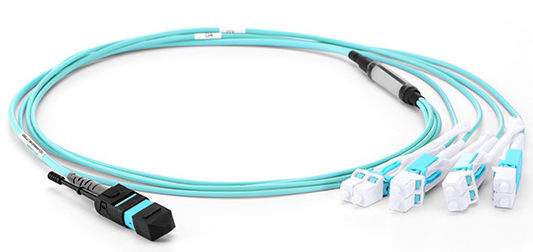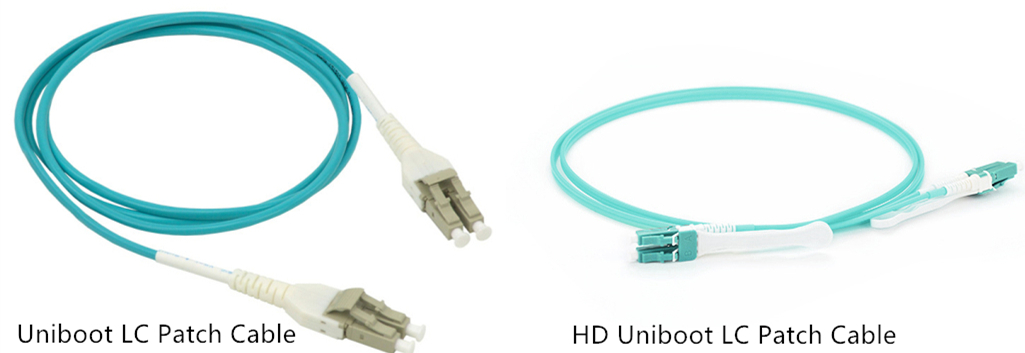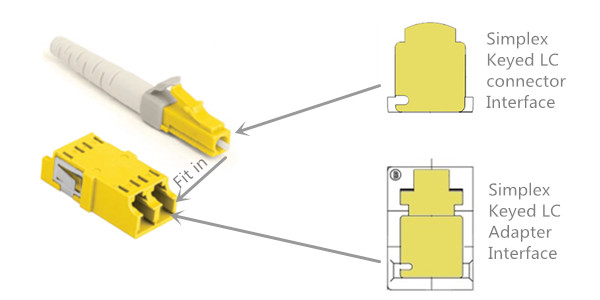People who work in data centers are familiar with cable management. Terrible cable management destroys the stability and availability of networking, especially for high-density applications. Since the advancement of technology brings us to a higher broadband network, high-density components are widely applied to data infrastructures. The importance of high-density cable management should be valued.
Useful High-Density Cable Management Components
Using the right devices for high-density connections will ease the difficulty of cable management. High-density patch panels, high-density TAB patch cables and high-density trunk cables are recommended for high-density installations.
High-density patch panel provides fast, intuitive and easy deployment of high-density interconnects and cross-connects in data centers. They also conserve valuable rack space. Compared to standard patch panels, angled styles can facilitate cable management practices. Omitting the necessity of buying new components, reconfigurable panels with various mounting and attachment features can ensure that patch panels are fit for your data center configuration. For instance, the following picture shows an ultra high-density angled patch panel with 144 ports highly welcomed by the high-density network application.
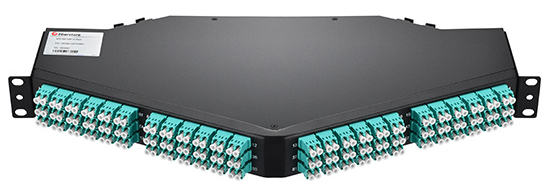
High-density cabling has been increased because of the deployment of higher network speeds. Installing cables with smaller overall diameter into dense patch cord trays can save lots of space to improve cable management. The high-density optical fiber also provides better airflow to maintain consistent operating temperatures, reducing the likelihood of failure or downtime. Finger access to each patch cable becomes more difficult as cable density increases. To ensure easy access, looking for high-density patch cords that are easy to remove is important. Thus, the patch cable using a flexible pull-tab efficiently solves the issue. These tabs can help increase cabling density and maintain reliability, preventing you from accidentally loosening surrounding connectors as you access the patch cable you need. The picture below is a typical HD TAB fiber patch cable.
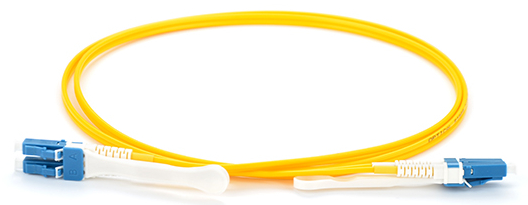
High-density trunks allow tighter trunk cable bends for slack storage and routing. Less space is consumed and installation is easier when using high-density trunks that offer smaller transitions. Cable pulling and cable management are improved when a cable with a smaller overall diameter is used. High-density trunks should also be marked for fast fiber type identification.
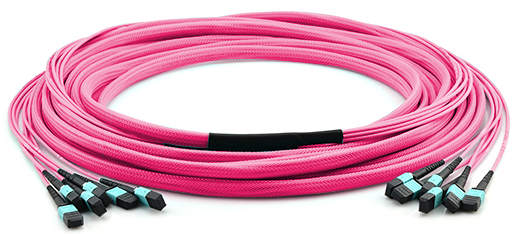
Things to Avoid During Installation & Daily Practices
- Avoid over-bundling the cables or placing multiple bundles on top of each other, which can degrade the performance of the cables underneath. Additionally, keep fiber and copper runs separated. The weight of the copper cables can crush fiber cables that are placed underneath.
- Avoid routing cables through pipes and holes. This may limit additional future cable runs.
- Avoid mounting cabling components in locations that block access to other equipment inside and outside the racks. For example, blocking the cooling fans will restrict airflow.
- Avoid leaving loose cables on the floor; this is a major safety hazard. Use the horizontal, vertical, or overhead cable managers.
- Avoid exposing cables to direct sunlight and areas of condensation.
- Avoid mixing different cable types within a bundled group.
Summary
In conclusion, a good cable management of high-density devices is very essential to extend their service life. Choose the right components will also facilitate the efficiency of cable management. There is no perfect solution for all your cable management demands. Some suggestions may help you to a certain degree, but you should still arrange your equipment according to the actual environment.

